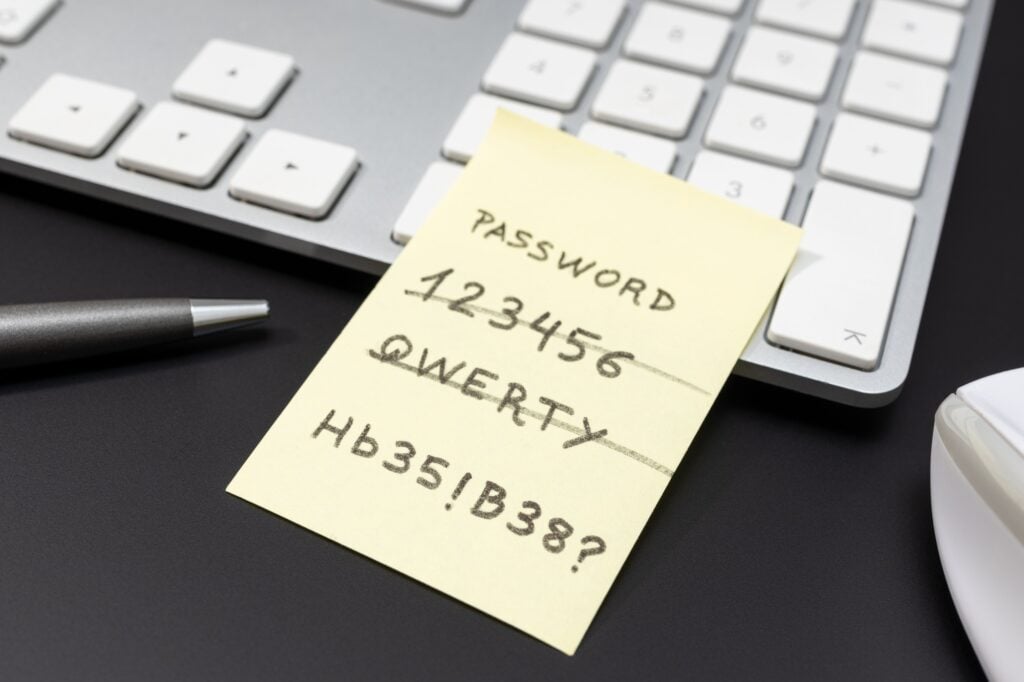Why Strong Passwords Are Your First Line of Defence in Cybersecurity

In today’s connected world, almost every aspect of our lives—banking, shopping, communication, even community safety—relies on the internet. While technology offers convenience, it also opens the door to cybercriminals looking for ways to steal personal information, money, or identities. One of the simplest yet most effective tools you have to protect yourself is your password.
Unfortunately, many people underestimate the importance of creating and safeguarding strong passwords. Weak, easy-to-guess passwords are like leaving your front door unlocked—inviting trouble. For the Woodstock community, where online scams and cybercrime are on the rise, understanding password security is more than just good practice—it’s essential.
Why Passwords Matter
Your password is often the only thing standing between a criminal and your private information. Hackers use various tactics—such as phishing, data breaches, or software that can guess millions of password combinations in seconds—to gain access to your accounts. Once inside, they can commit fraud, impersonate you, or spread malicious links to your friends and colleagues.
In the wrong hands, your email or social media account can be used to scam others in your name, damaging your reputation and trust. If they gain access to online banking or shopping accounts, the financial consequences can be devastating.
Common Password Mistakes to Avoid
Many cyberattacks succeed simply because passwords are predictable or reused across multiple accounts. Some common mistakes include:
- Using personal information like your name, birthday, or the name of a loved one.
- Simple patterns such as “123456” or “password” (these are among the most hacked passwords worldwide).
- Reusing passwords for multiple sites, which means if one account is breached, all your accounts are at risk.
How to Create a Strong Password
A strong password is:
- Long – Aim for at least 12 characters.
- Complex – Include a mix of uppercase and lowercase letters, numbers, and symbols.
- Unique – Different for every account you have.
An easy method is to create a “passphrase” using random words, numbers, and characters, for example: Blue!Train7River$Light. It’s easier to remember than a random string of letters, but much harder for criminals to crack.
Two-Factor Authentication (2FA) – An Extra Layer
Even with a strong password, there’s always a risk. Two-factor authentication adds another layer of security by requiring a second verification step, such as a code sent to your phone or email. Whenever possible, activate 2FA—especially for banking, email, and social media.
Protecting Our Community Online
Just as we look out for one another on the streets of Woodstock, we must also protect each other in the digital space. Be cautious of suspicious messages, don’t click unknown links, and help friends or family members improve their password habits. Cybersecurity is a shared responsibility, and it starts with small actions that make a big difference.
By taking password security seriously, you’re not only protecting yourself—you’re helping to safeguard the wider community from the growing threat of cybercrime.






Responses